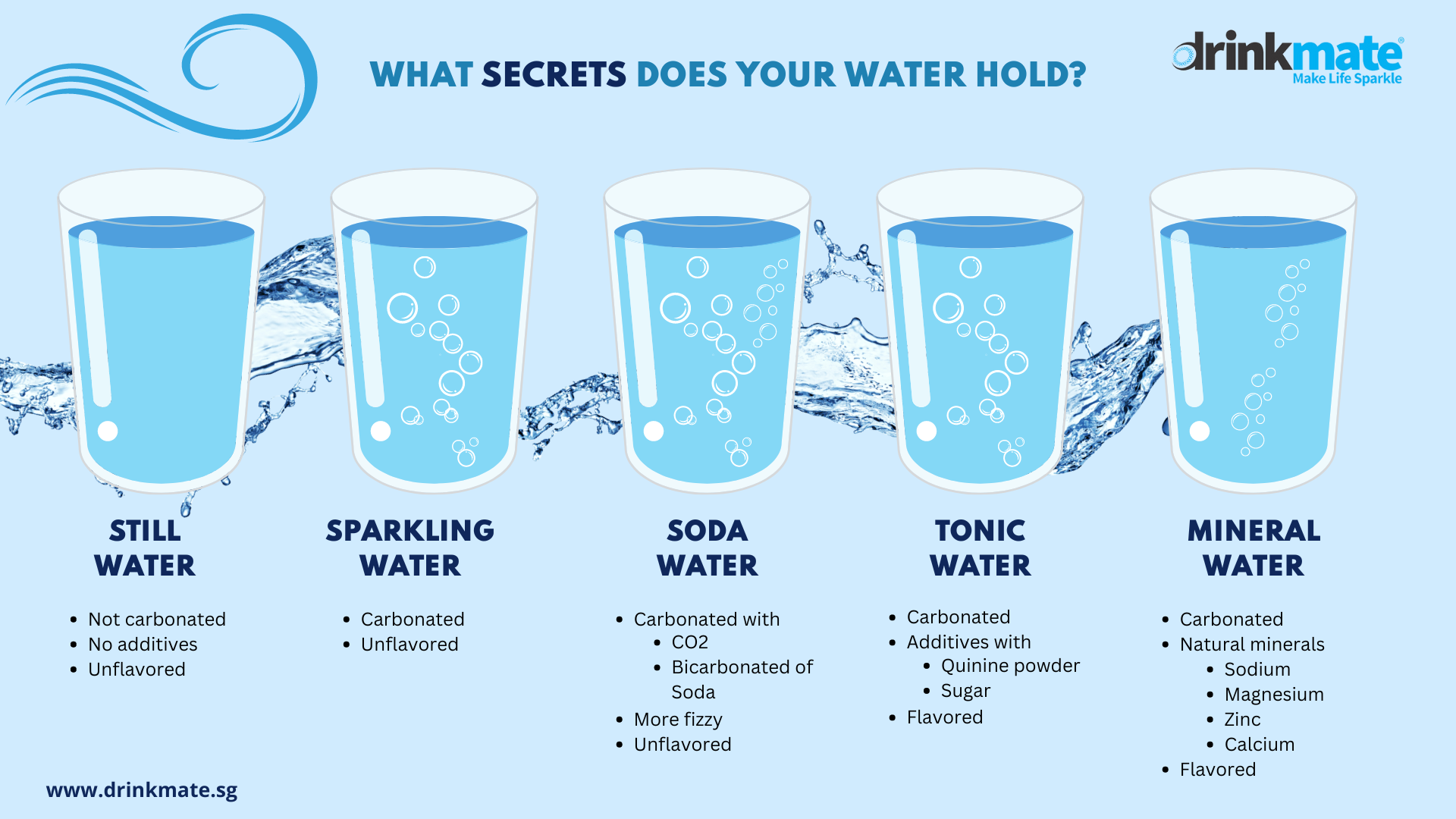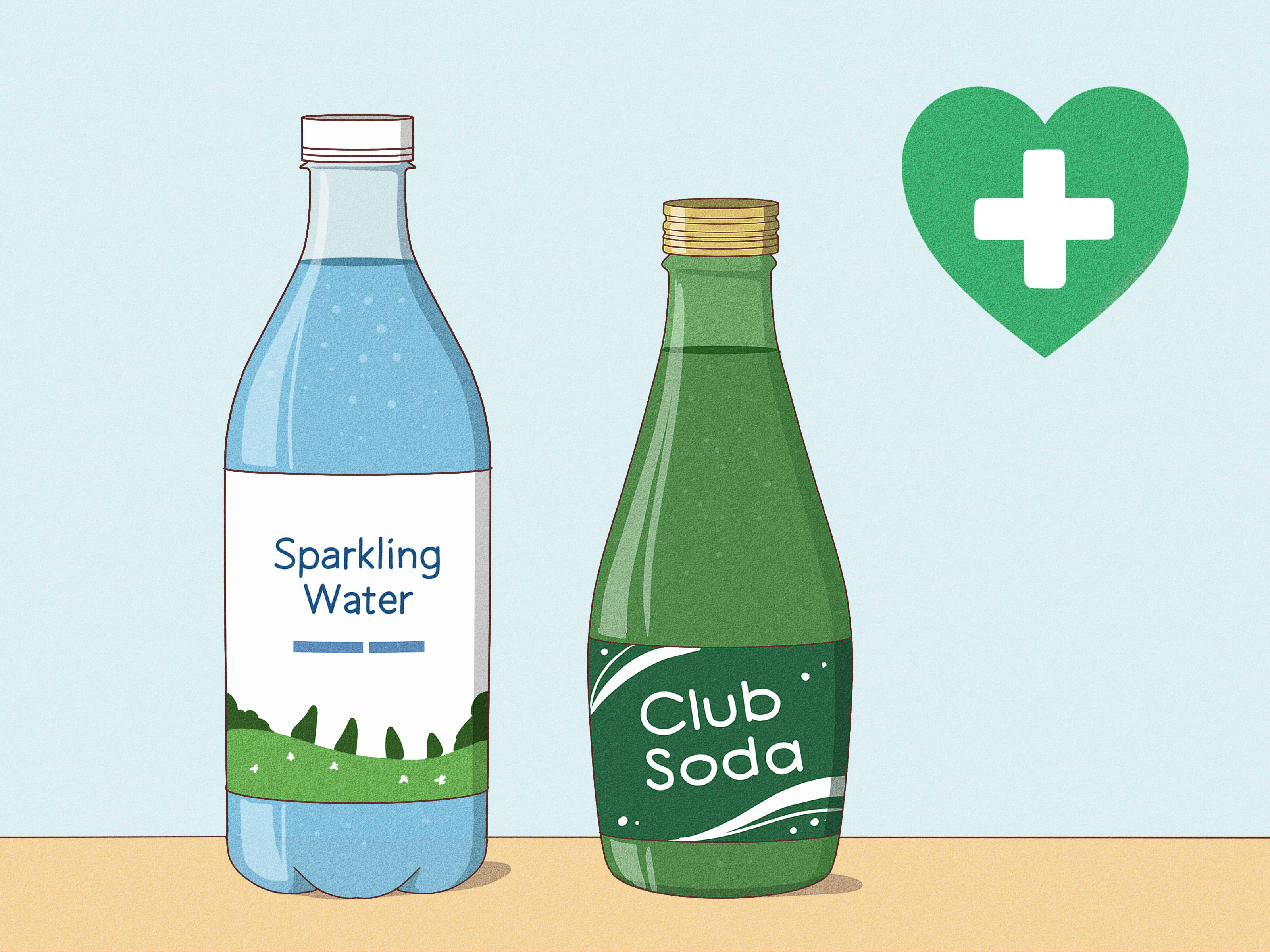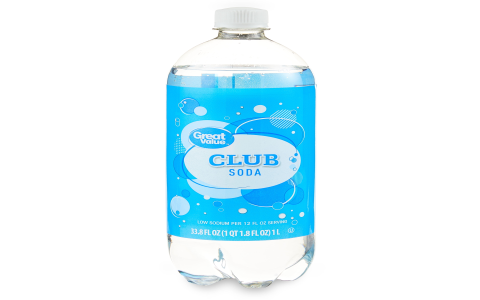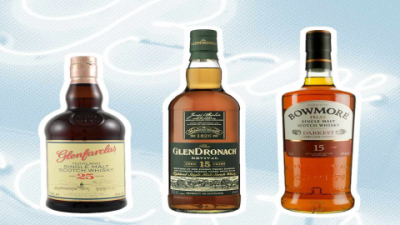If you’ve ever wandered down the beverage aisle or skimmed through a cocktail menu, you’ve probably seen terms like soda water, sparkling water, club soda, and sparkling mineral water tossed around. At first glance, they all seem like just fizzy water, right? But if you take a closer look (or just taste them side by side), you’ll notice there’s more going on beneath those bubbles. So, what really sets soda water apart from sparkling mineral water? Let’s unpack this bubbly mystery together.
First off, what exactly are these waters?
Soda water—sometimes called club soda—is basically water that’s been pumped full of carbon dioxide gas to give it that fizzy sparkle. But here’s the kicker: soda water usually has some minerals added back in, like sodium bicarbonate or sodium chloride. These little additions give it a slightly salty or alkaline kick, which you might not notice unless you’re really paying attention. It’s often the go-to for mixing cocktails because it adds a bit of flavor and a strong fizz that plays well with spirits.

On the other hand, sparkling mineral water comes from natural springs. This water picks up minerals like calcium and magnesium as it flows through underground rocks, and sometimes it’s naturally carbonated from the spring itself. Other times, producers add carbonation during bottling to keep those bubbles lively. The taste? Usually cleaner and more delicate, with a subtle mineral hint that’s unique depending on where the water comes from.
| Feature | Soda Water (Club Soda) | Sparkling Mineral Water |
|---|---|---|
| Carbonation | Artificially carbonated | Natural or artificial carbonation |
| Minerals | Added (sodium bicarbonate, sodium chloride) | Natural minerals from spring |
| Taste | Slightly salty, alkaline | Clean, subtle mineral flavor |
| Common Uses | Cocktail mixer, standalone drink | Hydration, gourmet dining |
| Fizz Intensity | Usually stronger bubbles | Varies, often gentler bubbles |
Now, how do they actually make these fizzy waters? Soda water is pretty straightforward: filtered water gets infused with carbon dioxide under pressure, and then those minerals get added to give it that signature taste. Sparkling mineral water’s story is a bit more natural — it starts as spring water, soaking up minerals from the earth, and then either keeps its natural bubbles or gets a little carbonation boost before bottling.
When it comes to taste, soda water tends to have a sharper, more pronounced fizz and a slightly salty edge thanks to those added minerals. If you’ve ever had a gin and tonic or a whiskey soda, you’ve tasted soda water’s punch. Sparkling mineral water, meanwhile, usually feels smoother on the palate, with a clean, crisp taste and a hint of minerals that can vary depending on the source. It’s often the choice for those who want something refreshing and a bit more refined.
But what about health? Both are great alternatives to sugary sodas—zero calories, no sugar, and hydrating. However, there’s a small catch: soda water often contains added sodium, which might matter if you’re watching your salt intake. Sparkling mineral water usually has naturally occurring minerals and less sodium, but this can vary by brand, so it’s always good to check the label.
| Health Factor | Soda Water | Sparkling Mineral Water |
|---|---|---|
| Calories | 0 | 0 |
| Sugar | None | None |
| Sodium | May be added | Usually low (varies) |
| Minerals | Added (may aid digestion) | Natural (calcium, magnesium) |
| Hydration | Effective | Effective |
| Dental Health | Slightly acidic, less than soda | Slightly acidic, generally safe |
| Digestive Aid | May relieve indigestion | May aid digestion |
So, when should you pick one over the other? If you’re mixing drinks or want a bubbly kick with a little extra flavor, soda water is your friend. It’s got that punchy fizz and a hint of saltiness that balances out strong spirits. If you’re just looking to hydrate or want a fancy water to sip alongside a meal, sparkling mineral water’s subtle mineral notes and gentler bubbles might be just what you need.
It’s also worth mentioning some other fizzy waters you might run into:
- Seltzer Water: Carbonated water with no added minerals, so it tastes pretty neutral.
- Tonic Water: Carbonated but with quinine and sweeteners, giving it a bitter-sweet taste mostly for cocktails.
- Club Soda: Just another name for soda water, emphasizing those added minerals.
Let’s tackle some common questions people often ask about these bubbly waters:
Q: Can I swap soda water for sparkling mineral water in recipes?
A: You can, but keep in mind soda water’s saltier taste might change the flavor a bit. For cocktails, it usually works great; for drinking straight, sparkling mineral water is often preferred.
Q: Is sparkling mineral water always naturally carbonated?

A: Not always. Some springs have natural carbonation, but many brands add bubbles during bottling to keep it fresh.
Q: Does soda water offer any health benefits?
A: It can help with digestion and hydration, but watch out for sodium content if you’re on a low-salt diet.
Q: Are these waters bad for your teeth?
A: Both are slightly acidic because of carbonation, but they’re much gentler than sugary sodas. Drinking through a straw or rinsing with plain water can help protect your enamel.
Q: Which one hydrates better?
A: Both do a great job hydrating you. Sparkling mineral water might give you a little mineral boost, but soda water’s flavor can encourage you to drink more.
| Aspect | Soda Water (Club Soda) | Sparkling Mineral Water |
|---|---|---|
| Carbonation Source | Artificial | Natural or artificial |
| Mineral Content | Added minerals (sodium bicarbonate, salts) | Natural minerals (calcium, magnesium, potassium) |
| Taste | Slightly salty, tangy | Clean, mineral-rich, subtle |
| Typical Use | Mixers, cocktails, hydration | Drinking plain, gourmet pairing |
| Sodium Content | May be high | Usually low |
| Health Benefits | Digestive aid, hydration | Hydration, mineral intake |
| Bubble Intensity | Stronger fizz | Gentler fizz |
To wrap it up, knowing the difference between soda water and sparkling mineral water is more than just a fun fact—it can actually improve your drinking experience. Whether you want that sharp fizz for your cocktail or a smooth, mineral-rich sip to refresh your day, both waters have their place. So next time you reach for a bottle, you’ll know exactly what you’re getting—and maybe even appreciate those bubbles a little more.



